- Home »
- Learningcenter »
- Roof ventilation energy costs
Roof Ventilation: How Much Does It Save in Energy Costs?
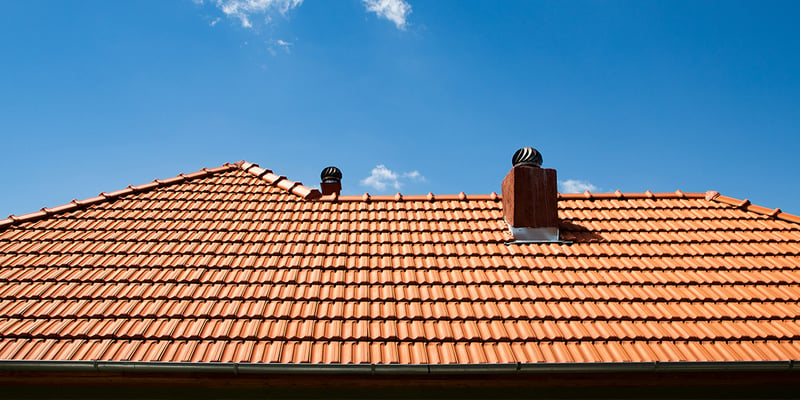
When your home is energy-efficient, you can save money on your cooling and heating bills, reduce wear and tear on your HVAC system, and create a more comfortable living environment. One essential component of creating an energy-efficient home is ensuring that you have proper roof ventilation installed.
Beyond the energy savings, roof ventilation can also prevent many issues, including mold growth, ice dams, and structural damage due to moisture in your attic.
Is installing proper roof ventilation really worth the cost, though? How much energy does it save when your roof can effectively ventilate air from your attic?
In this article, we’ll look at everything you need to know about roof ventilation and what studies have found about the energy savings you can expect.
Why Is Roof Ventilation Important?
The primary reason that roof ventilation is so important is that warm air can get trapped in your attic if proper ventilation hasn’t been installed. Essentially, warm air rises, meaning that all of the warm air in your home will collect in your attic and lead to a number of potential issues.
During the cold months of the winter, ice and frost can form in your attic because of the warm, humid air collecting there and interacting with the cold interior surface of your roof.
When the sun is out and temperatures are high, the hot, humid air in your attic can lead to a number of moisture-related problems, including mold and rot.
You might be thinking that you’re in the clear because you live in a dry climate, but that doesn’t mean humidity won’t collect in your attic. This is because everyday activities like taking showers, cooking, and hanging wet laundry can increase the relative humidity level in your home.
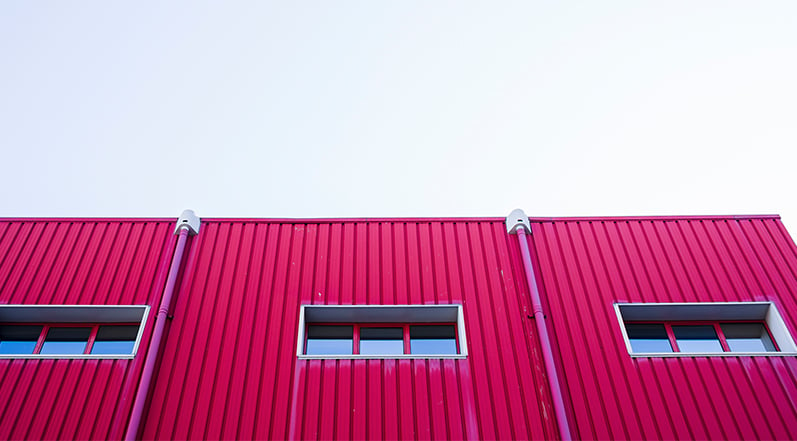
When you have proper roof ventilation, it allows air to flow through the attic and out of your home. This means that the hot and humid air isn’t trapped up there causing problems. Instead, it can exit your structure and no longer cause the same humidity-related issues.
Of course, beyond the potential issues caused by high humidity and stagnant, hot air in your attic, there’s also the concern of how the heat in your attic impacts the temperature in the rest of the home. If your home is very hot in the summer and your A/C unit seems to be working overtime, there’s a good chance that heat is getting into your home through the attic door, insulation, and vents.
Attics will, by their nature, be hot during the summer months. However, you don’t want the attic’s hot air entering your home’s living space. There are a number of potential culprits when your home is hot in the summer, but an overheated attic is one you will want to consider before replacing your windows, getting a new A/C unit, or trying out other potential remedies.
If your A/C unit has to work extra hard to cool your house because your attic is hot, you will notice it in your energy bills and the unit’s lifespan. By ensuring that your roof is properly ventilated, you can spend less money on your bills and reduce the burden on your A/C system.
In a best-case scenario, cool air can enter your attic around the eaves, and warm air can exit your roof near the peak. When proper roof ventilation is installed, the conditions in your attic can be very near to the conditions outside the home.
Understanding the Benefits of Proper Roof Ventilation
When air can circulate between your attic and the outside, it can provide a number of valuable benefits for your home. Here are some of the most compelling reasons why you might want to improve the roof ventilation system on your property.
Increasing Energy Efficiency
If your cooling bills in the summer seem to be exorbitantly high, you’ll want to make sure that you have proper attic and roof ventilation. This is because heat is able to escape from your home rather than getting trapped in the attic.
The temperature inside your home will start to rise as the temperature warms up outside. If hot air gets stuck in your attic with nowhere to go, it means that your air conditioning system has to work harder to keep your home at a comfortable temperature.
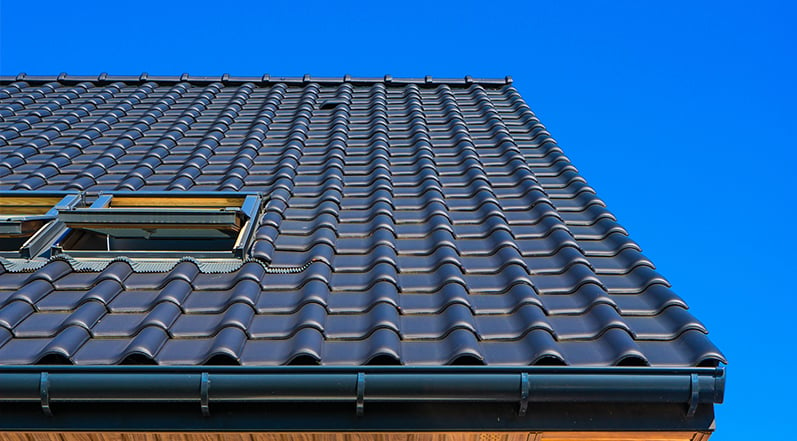
When you have proper ventilation installed, it can reduce the cooling and operating costs in your home.
There are a number of other methods you can use to keep your attic temperature down in the summer, including installing a cool roof. These roofing systems have higher thermal emittance and solar reflectance than standard materials, which means that your roof won’t be absorbing nearly as much heat from the sun and will increase your home’s energy efficiency.
Preventing Condensation, Rot, and Mold
While reducing your energy bills and your energy usage is a major benefit of proper roof ventilation, it isn’t the only compelling reason to make sure you have effective airflow in your attic. This is because condensation can build up when humid air gets trapped in your attic, which can lead to the growth of mold and rotting structural materials.
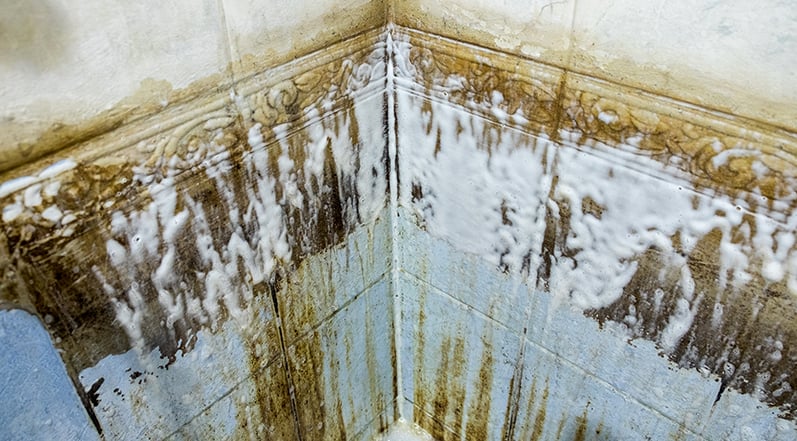
Moisture is created in your home when you cook, shower, do laundry, and even breathe. All this moisture rises and will end up in your attic if there isn’t a vapor barrier. The moist air can then condense on the underside of your roof and create the ideal environment for mold and mildew to grow.
Increasing the Lifespan of Your Roof
Installing a new roof is no small expense, so ensuring that your roof lasts as long as possible is a priority for most homeowners. When you install proper roof ventilation into your roofing system, it doesn’t just mean you’ll be saving money on your energy bills; it also means that you’ll be saving money over the lifespan of your roof.
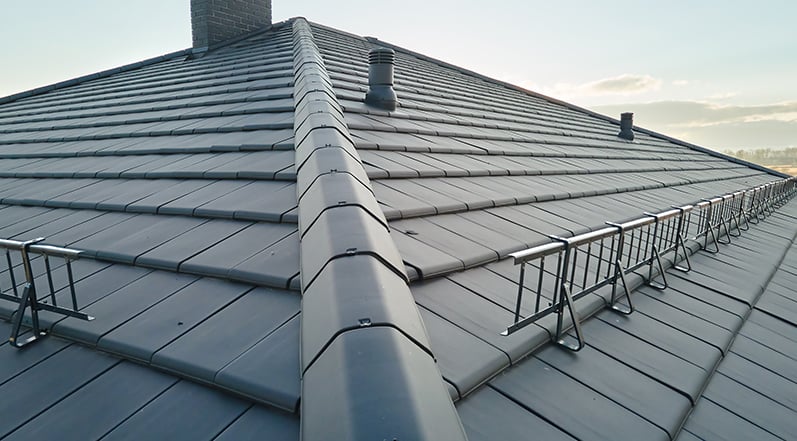
An effective ventilation system will be able to reduce the cooling load of your home and extend the life of your shingles, decking, and structural components. The heat and moisture associated with non-ventilated attics can wreak havoc on each aspect of your roofing system, meaning that you’ll end up having to repair or replace your roof sooner than desired if proper airflow isn’t occurring between your attic and the outdoors.
Maintaining a More Comfortable Indoor Temperature
Have you ever felt like your AC was working overtime, and it still wasn’t a comfortable temperature in your home? If the main culprit is a hot attic, you’ll be pleasantly surprised to find that proper roof ventilation will work wonders when it comes to keeping your home cool.

Keeping your home at a comfortable temperature won’t feel like a project you have to dedicate your free time to. Instead, your living spaces will keep a lower base temperature, and your AC will be able to kick on to provide a little extra comfort when needed.
Preventing Ice Damming
Though it’s easy to focus on how roof ventilation can help keep a home cool in the summer, it’s also important to consider the benefits it offers in the winter. The hot, humid air that ends up in your attic with nowhere to go in a non-ventilated or under-ventilated roofing system will rise up to the roof decking, where it can melt snow that has collected on the roof.

While melting the snow on your roof so that it runs off in the form of water might not sound like a bad thing, what will end up happening is that the melted snow will begin to freeze once it hits the soffit area of your roof. Over time, ice can accumulate and create ice dams, which obstruct proper drainage of your roof and can lead to leaks, mold, and rot.
How Much Will Proper Roof Ventilation Reduce Energy Costs?
The percentage by which proper roof ventilation is going to reduce your energy costs will vary depending on a number of factors, including whether there is any effective ventilation system currently in your home, the climate in your location, the orientation of the home, the temperature you set the thermostat, and more.
That being said, if you live in a hot climate like Georgia and you don’t have proper ventilation in your roof, there will be a noticeable difference in both your cooling bills as well as the health of your A/C system if you install roof vents that help to move hot, humid air out of your home.
This means that you will both be saving money on a monthly basis for energy, but that you will also save money on maintenance for your cooling system because it won’t be working nearly as hard. Beyond that, you won’t have to replace your A/C as soon because you won’t have to work so hard day in and day out to keep your home comfortable.
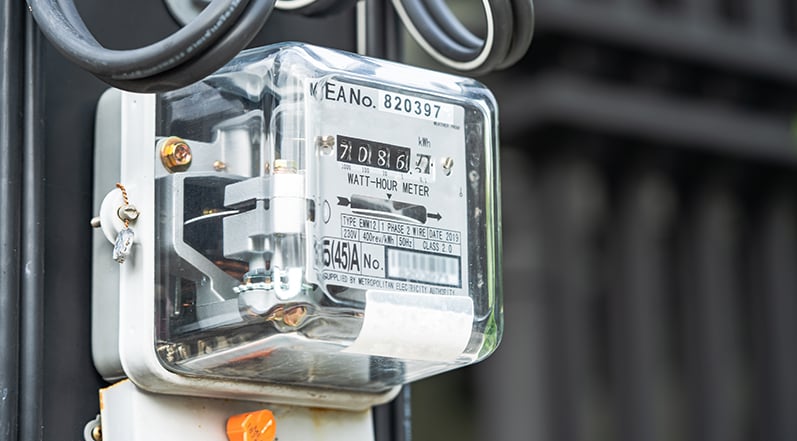
By some estimates, having good ventilation on your roof can help reduce cooling costs by 30-40%. Considering that all A/C systems use electricity and the cost of electricity has been on the rise, this type of drop in cooling bills could make a big difference both from month to month and on an annual basis.
Another study by the Florida Solar Energy Center found that the cooling energy consumption of a home could be reduced by 10% through proper attic ventilation.
Beyond that, you have to consider the cost of maintaining, operating, and replacing your air conditioning unit. The harder your cooling system has to work to keep your house comfortable, the more wear and tear it is experiencing. Research conducted in Karns, Tennessee, found that a home’s temperature could be reduced by up to 30 degrees Fahrenheit when proper attic ventilation was in place, significantly reducing the cost of cooling a home.
The average new high-efficiency A/C system lasts for 15 to 20 years with proper maintenance and care. The cost of installing central AC units typically ranges from a little under $4,000 to nearly $8,000, averaging around $5,800. If it lasts a full 20 years, that’s not too bad of a deal, considering that it helps keep your home comfortable even during the hottest summer months.
However, it’s important to understand that your AC system is experiencing wear and tear every single time it’s running. This means that a cooling system that is running 14 hours a day is going to wear out significantly faster than one that only runs for 5 hours every day.
The cooler you can keep your house without using your AC unit, the longer your cooling system will last. This means you won’t have to incur the cost of replacing your system nearly as soon, and you won’t have to shell out the big bucks for maintenance and repairs nearly as often.
How Hot Will an Attic Get Without Ventilation?
Without proper ventilation, the attic of your home could get as hot as 150 degrees during the summer months. This is far from ideal, as temperatures this extreme can lead to permanent damage to your roof.
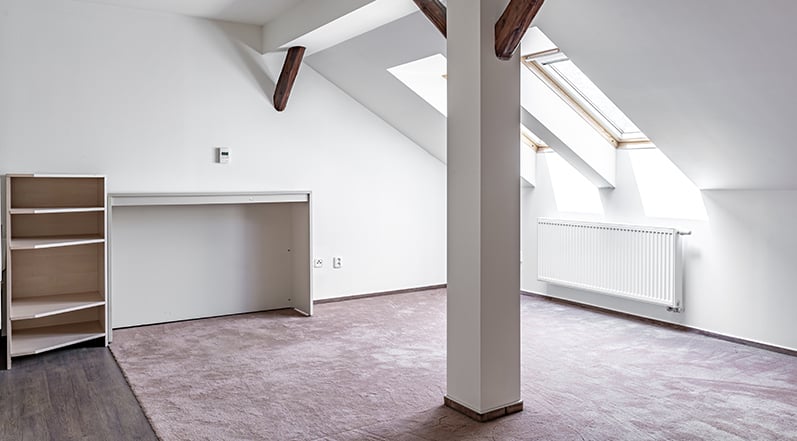
The ideal temperature for attics should be no more than 10 or 20 degrees above the temperature outside during the summer months and no less than 60 degrees during the winter.
Is It Time to Upgrade Your Roof Ventilation System?
Now that you’ve learned all about the benefits of an effective roof ventilation system, including the energy costs it can save you (estimates of which vary from 10%-40% of cooling costs in various studies,) you might be thinking about whether your roof ventilation situation could be improved.
After all, when you consider that you’ll save money on utility bills, reduce wear and tear on your cooling system, and avoid many potential roofing issues that would be costly to repair, it seems like a no-brainer to make sure that your roof is properly ventilated.
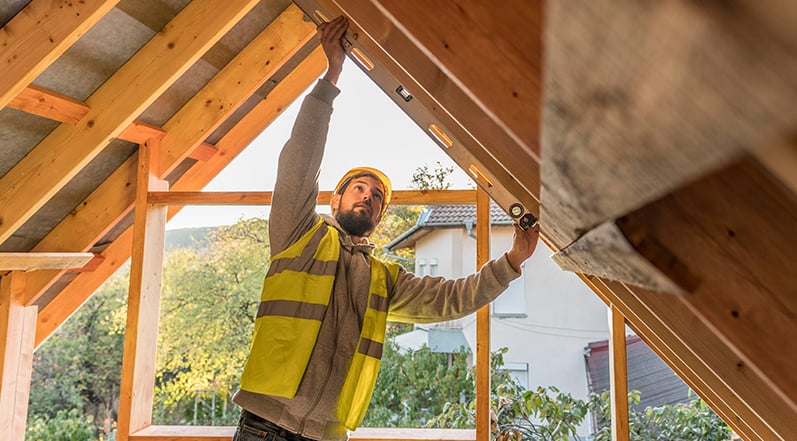
If you’re located in the Atlanta area and searching for a roofing contractor to help you understand your roof ventilation options, you’ve come to the right place. At Colony Roofers, we specialize in offering the absolute highest quality roofing solutions at the most affordable prices, with world-class customer service to boot.
Does that sound good to you? If so, contact us today to schedule a free estimate.
 Call (678) 365-3138
Call (678) 365-3138



